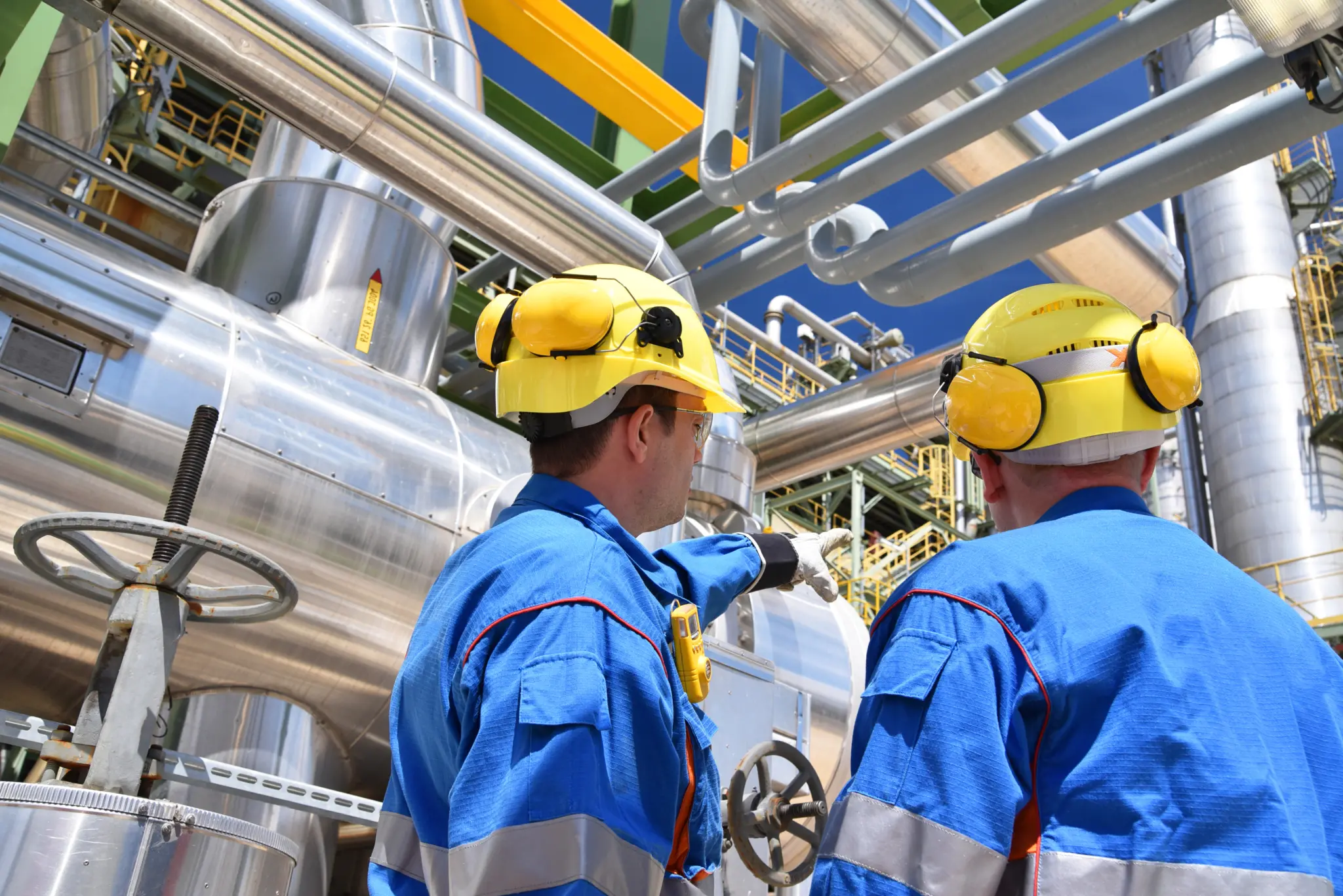Air compressors have become indispensable tools on today’s construction sites, significantly enhancing both safety and productivity. Their ability to power a wide range of pneumatic tools, from jackhammers to nail guns, allows workers to complete tasks more efficiently compared to traditional manual or electric tools. By delivering consistent and reliable compressed air, these machines enable quicker job completion, reducing the time workers spend on potentially hazardous sites. One of the key safety benefits of air compressors is their contribution to reducing manual labor strain. Pneumatic tools powered by compressed air require less physical effort than their electric or manual counterparts, helping to minimize worker fatigue and the risk of repetitive strain injuries. This not only protects workers’ health but also maintains higher energy levels throughout the workday, contributing to safer and more focused performance on site.

In addition to lowering physical strain, air compressors help improve workplace safety by powering dust control equipment and cleaning tools. Construction sites often generate large amounts of dust and debris, which can pose respiratory hazards and obscure vision. By enabling the use of efficient pneumatic cleaning devices, air compressors help maintain a cleaner environment, reducing the chances of accidents and promoting better air quality for all workers present. The versatility of air compressors also supports increased productivity through their ability to power a variety of specialized tools. For example, pneumatic drills and check out the post right here impact wrenches speed up tasks like drilling and fastening, which are essential to structural assembly and finishing work. This versatility means fewer tool changes and interruptions, allowing teams to maintain a steady workflow and meet tight project deadlines more reliably.
Furthermore, air compressors are valued for their durability and ease of maintenance in rugged construction environments. They can withstand harsh conditions such as dust, moisture, and rough handling, which are common on sites. This reliability ensures minimal downtime, keeping essential tools operational and projects on schedule, which is crucial for maintaining productivity levels and controlling costs. The integration of air compressors into construction site operations represents a significant advancement in both safety and efficiency. By powering a broad spectrum of tools and equipment, reducing physical strain, improving site cleanliness, and offering robust performance, these machines help create safer work environments while accelerating project timelines. Their presence on modern construction sites underscores the ongoing commitment to protecting workers and optimizing productivity in an increasingly demanding industry.